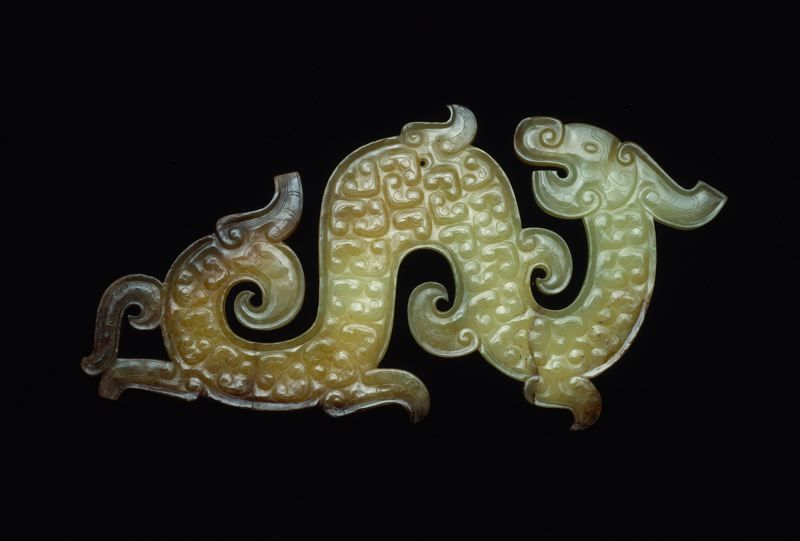http://s8int.com/WordPress/tag/living-dinosaurs/
“The Shang dynasty (1766 BC – 1027 BC) ruled parts of northern and central China. Its capital city was located at Anyang near the border of Henan from about 1384 BCE. This dynasty was based on agriculture; millet, wheat, and barley were the primary crops grown.
 |
| Fang Jian Dinosaur 1 |
In addition to the crops, silkworms, pigs, dogs, sheep, and oxen were raised. Aside from their agricultural prowess, the Shang dynasty was also advanced in metallurgy. Bronze ships, weapons, and tools were found from that era.” Thinkquest
This Ancient Chinese ornamental box of bronze features an unmistakable depiction of a sauropod dinosaur. To be more precise, likely a prosauropod dinosaur. A version of the object appeared in the book (The Great Bronze Age of China, Metropolitan Museum of Art, 1980, p. 285.)
Fong, Wen ed. This photo is from Zhengzhou, from the Henan Museum.
The sauropod dinosaurs are easily recognizable and difficult to miss, however, might science here again made its depictions of the creature to large? One alternative to consider is that the creature depicted is one of the group that modern science now calls prosauropods who among other things was generally smaller. The creature crawling up the side of the box is also making an appearance here out in the water in the introductory photo at the very top of the page.[Not shown here]
 |
| Fang Jian Dinosaur 2 |
 |
| Closeup by DD |
Actually the creatures being depicted are quite obviously dragons of the early conventionalized sort, and we have discussed the matter on this blog before. They appear to represent the Longnecked kind of Sea/Freshwater Monster with such features as the long necks, humps on the back (sometimes a long winding body) Flipperlike limbs and a short tail, frequently a finned tail. And they are usually shown as more compact than some of the later stylisations of dragons, but they can be of any length. During the Zhou (Formerly "Chou") period they were often depicted in jade.
It is notable that these depictions at the sides of the vessel forming handles makes them exactly like some of the "Patagonian Plesiosaur" native depictions also mentioned on this blog earlier. And that is appropriate because both of them are being represented as "Water Tigers"

Above and below, two Zhou Dragons depicted in nephrite jade


No comments:
Post a Comment
This blog does NOT allow anonymous comments. All comments are moderated to filter out abusive and vulgar language and any posts indulging in abusive and insulting language shall be deleted without any further discussion.